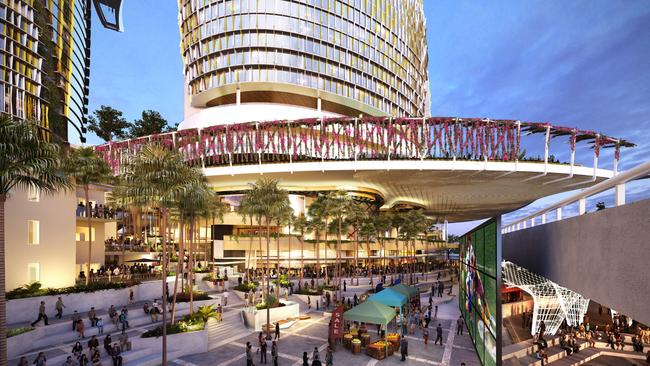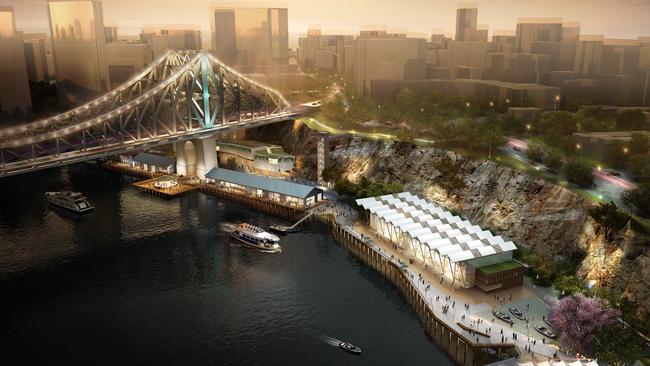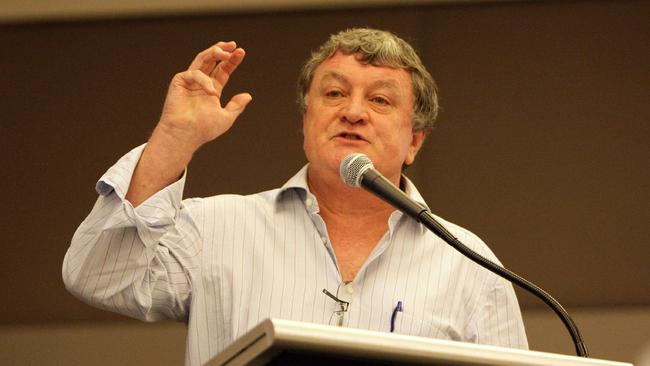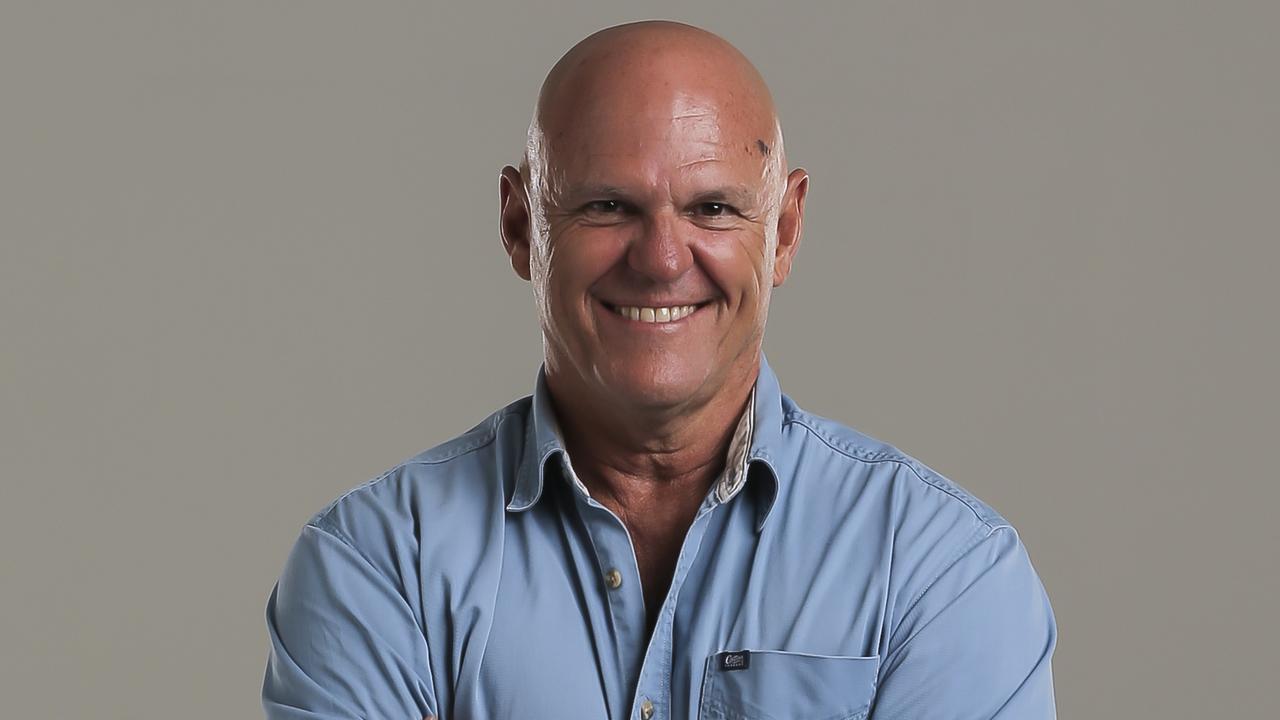Major infrastructure projects set to transform Brisbane into a world-class destination
BRISBANE is on the brink of something big. Very big. A generational investment in infrastructure will transform Queensland’s capital over the coming decade, writes The Editor

Opinion
Don't miss out on the headlines from Opinion. Followed categories will be added to My News.
BRISBANE is on the brink of something big. Very big.
A generational investment in infrastructure will transform Queensland’s capital over the coming decade.
A host of major projects are underway or at an advanced stage of planning, which not only will help drive the state’s economy and create thousands of jobs, but also enormously boost the city’s appeal and amenities as a place to live and visit.

The highlights include:
● The Queen’s Wharf precinct – a $3.6 billion complex featuring a casino-resort, five hotels, 2000 apartments, 50 bars, cafes and restaurants, retail centres, boardwalks, parks and public spaces.
● Brisbane Live! – a $2 billion entertainment district linked to the new Roma St underground station, including world-class indoor music and sports arena and other venues, cinemas, dining and bars with scope for future hotel, apartment, commercial and educational developments.
● The $1.5 billion development to reinvigorate and expand the Eagle St Pier stretch of the waterfront and, further along the river, the redevelopment of the historic Howard Smith Wharves.
●There will be an inevitable expansion of the popular South Bank Parklands, and additions to the adjacent cultural precinct and on through Kurilpa Point. All of these will reshape the city.
The completion of a second runway at Brisbane Airport and the new Brisbane International Cruise Terminal to accommodate super liners, will bring many more visitors.
Major public transport initiatives – the $5.4 billion Cross River Rail and $1 billion Brisbane Metro – will change how we get around.
As important as each of these is in its own right, the greater power of these multi-billion dollar game-changers is the potential to trigger further improvements around the city and the region.

It is encouraging to see the bigger picture vision beginning to be realised with the Palaszczuk Government seeing the new Cross River Rail underground station at Woolloongabba as the catalyst for a revamp of the precinct around The Gabba stadium.
It will bring not only a new lease of life to the iconic venue, but also facilitate the creation of a vibrant new 6.5ha site.
The concept includes easy direct pedestrian access from station to stadium, parks and public spaces, government offices and commercial development and, importantly, up to 300 affordable homes for essential workers such as nurses, teachers and emergency services personnel.
This sort of strategic expenditure of taxpayer money can, and should, be used to inspire private sector investment. In this case, the Government estimates it has the potential to attract $1.5 billion of private money.
Premier Annastacia Palaszczuk says it unlocks a “unique” opportunity. We hope not. We want to see this sort of approach replicated many more times.

Kudos to former Brisbane Lord Mayor Jim Soorley and his late town planning chief Trevor Reddacliff who, in the early 1990s, had a vision of what the city could become and set about implementing it with a massive urban renewal program, starting in places such as New Farm, Teneriffe and Fortitude Valley, as well as rediscovering the river with the introduction of the CityCats.
The pebbles of imagination they tossed have now rippled into an exciting strategic network of existing and future precincts across the city.
From the Kelvin Grove Urban Village to the Boggo Road health, science and education hub; from Bulimba village to Newstead – reinvented from an industrial wasteland to thriving commercial centre and night-life destination.
Still to come are the $1 billion Herston Quarter – a health, wellbeing, commercial and residential centre adjacent to the state’s largest hospital – and the $2 billion Millennium Square “city within the city’’ including a state-of-the-art multimedia hub at Bowen Hills.

Each stage and each station of Cross River Rail and Metro – both the current projects and future expansions – offers fresh opportunities for yet more of these precincts.
After some years of infrastructure inertia and political squabbling, the Queensland Government and Brisbane City Council have arrived at a shared vision of the city’s potential.
If the federal government can now be convinced, the realisation of that vision can be accelerated.
There is no more exciting place to be right now.
***


